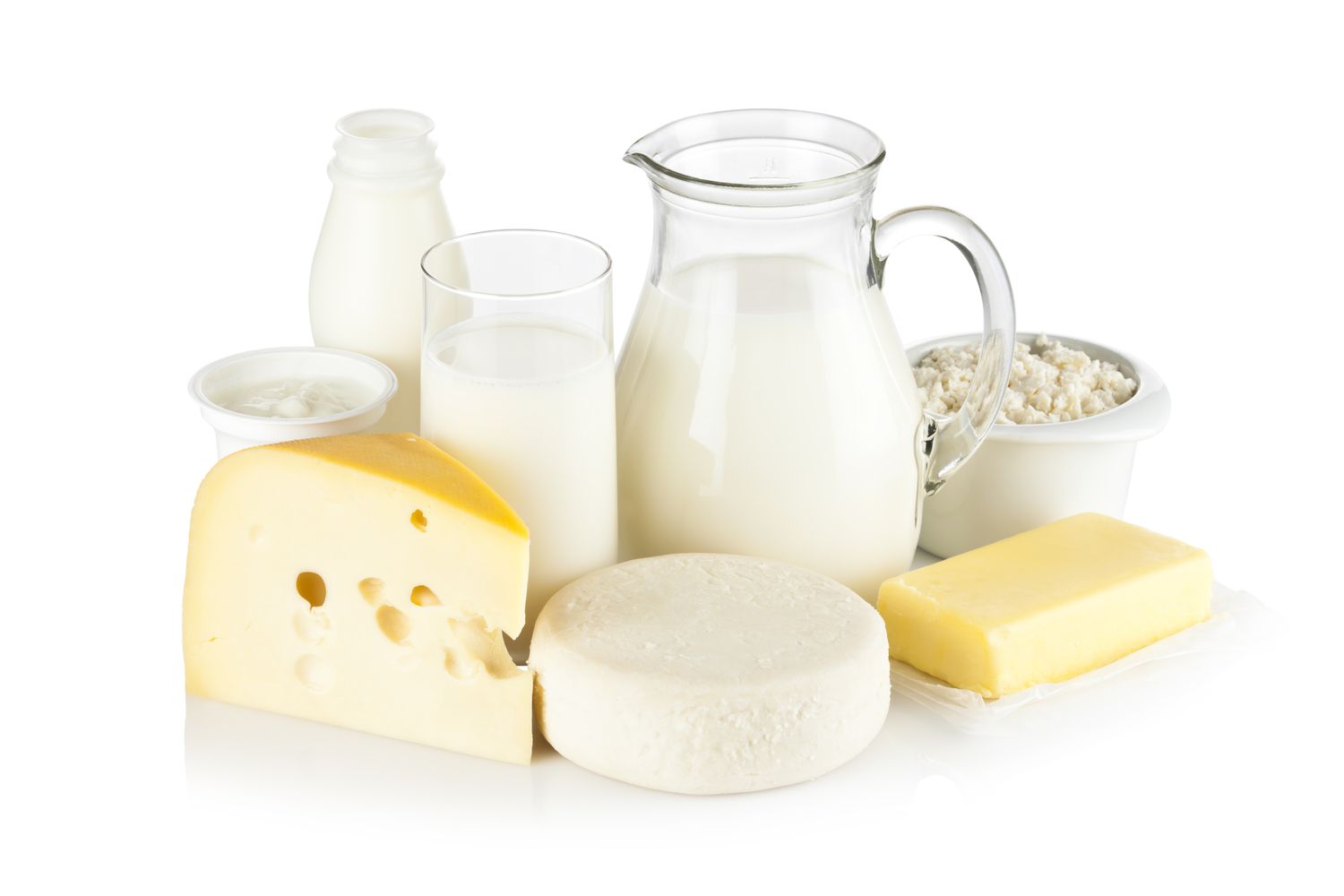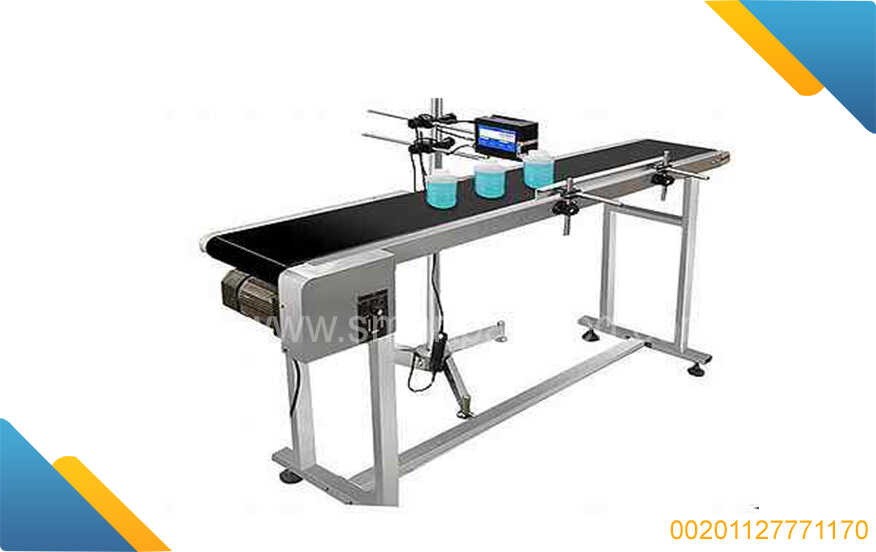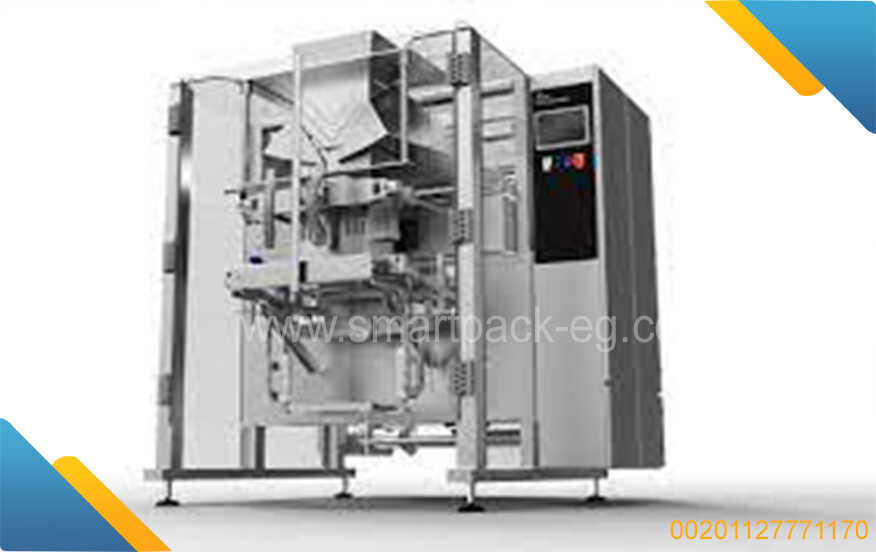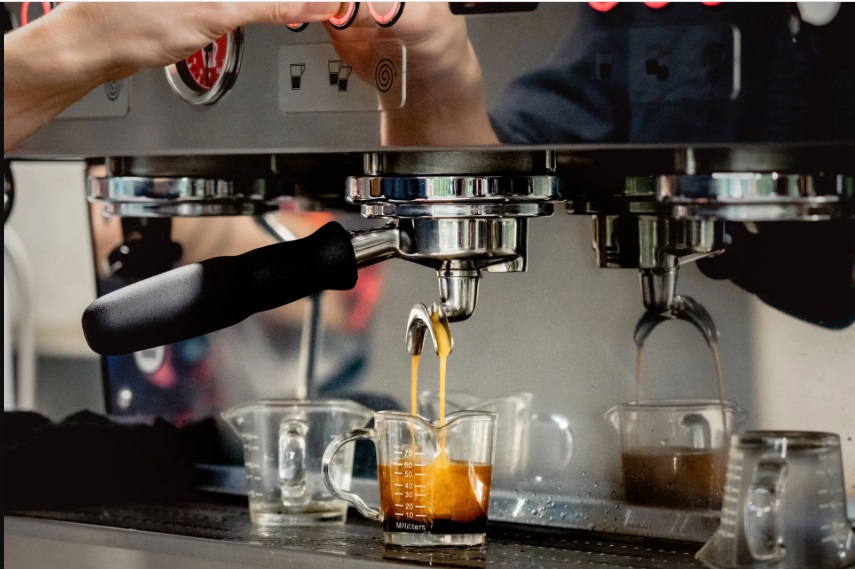How to Guide: Conducting a Feasibility Study for Packaging and Packaging of Powdered Milk and Powdered Products
Introduction:
A feasibility study is a crucial step to determine the viability and potential success of a business venture. In the case of packaging and packaging of powdered milk and powdered products, conducting a feasibility study can provide useful insights into market demand, competition, financial viability, and overall project feasibility. This guide will walk you through the essential steps to conduct a comprehensive feasibility study for your powdered milk and powdered product packaging venture.
Step 1: Define the Scope and Objectives
Clearly define the scope of your feasibility study. Determine which aspects you want to focus on, such as market demand, production capacity, cost analysis, and regulatory requirements. Establish your objectives and goals for the study, ensuring they align with your overall business objectives.
Step 2: Market Research
Conduct thorough market research to understand the demand for powdered milk and powdered products in the target market. Gather information on current market trends, consumer preferences, and potential competition. Identify your target customer segments, their needs, and purchasing behavior. Evaluate the market size and growth potential for your products.
Step 3: Competitor Analysis
Analyze your competitors operating in the same market space. Identify their strengths, weaknesses, pricing strategies, packaging choices, and market positioning. This analysis will help you identify any gaps you can leverage and differentiate your packaging offerings.
Step 4: Technical Analysis
Evaluate the technical aspects related to packaging powdered milk and powdered products. Consider factors such as suitable packaging materials, packaging techniques, shelf life requirements, handling and transportation considerations, and any regulatory requirements or certifications needed for the packaging process.
Step 5: Financial Analysis
Assess the financial aspects of your venture to determine its feasibility. Estimate the initial investment required for machinery, materials, labor, and operational costs. Calculate your production costs per unit and analyze pricing strategies to determine the potential profitability of your venture. Conduct a break-even analysis to understand the sales volume needed to cover all expenses.
Step 6: Risk Assessment
Identify potential risks and challenges that may impact your packaging and packaging venture. Consider factors such as market volatility, supply chain disruptions, changing regulations, or recall risks. Develop contingency plans to mitigate these risks and ensure business continuity.
Step 7: Conclusion and Recommendations
Summarize your findings from the feasibility study and provide recommendations based on the analysis. Evaluate whether your venture is financially viable, marketable, and aligned with your business goals. If the study indicates positive outcomes, proceed with the necessary steps to start your packaging and packaging business for powdered milk and powdered products.
Note: Throughout the feasibility study, document all research findings, assumptions made, and sources of information used. This documentation will provide a reliable reference for future decision-making processes and help stakeholders understand the basis for your conclusions.
Conclusion:
Conducting a feasibility study for the packaging and packaging of powdered milk and powdered products plays a significant role in determining the viability and potential success of your venture. By following these steps, you'll gather necessary information to make informed decisions and increase the chances of a successful business launch. Remember, conducting thorough research, analyzing competitors, assessing financial viability, and addressing potential risks are vital components of a comprehensive feasibility study.



 Admin
Admin 






